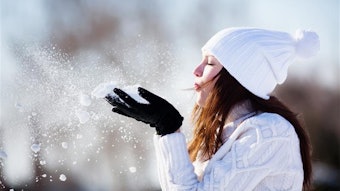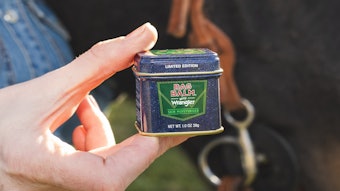It probably is no surprise that today’s professional skin care and spa industry is a US$11.2 billion-plus industry,1 which makes it the fourth largest leisure industry—falling not far behind the three top-ranking industries of golfing at US$19.7 billion; cruise lines at US$14.7 billion; and health and racket clubs at US$14.1 billion. As the fourth largest industry, spas are ahead of amusement parks, box office receipts and even time shares. Today’s consumers are savvy. They are well-educated and seek the benefits of a total body wellness and spa experience. Two years ago, the International SPA Association’s (ISPA) annual industry trends report touched on consumer behavior and found that people wanted “pampering” to stay healthy and look good, and that they generally were knowledgeable and demanding about spa services.
New findings indicate there has been a shift in attitude. The spa emphasis now is on self-preservation and spas have gained a new aura of respectability. People want to reward themselves for working hard. Destressing and decompressing are cited as the top two reasons for “being touched and pampered” by the ISPA survey.
The desire for relaxation and pampering has increased over the past five years and is becoming broader-based. The under-35 age group is willing to invest in it; the 45-plus baby boomer age group gradually has become willing as they approach the age of 40; and it is expected that baby boomers and their children also will pay to look and feel younger and healthier.
In the United States alone, the market for antiaging skin care products is valued at nearly US$2.5 billion at the retail level and is growing at rates in the double-digits. Spas are seeing three, even four generations of clients—with baby boomers bringing in Generation Xers, who in turn are bringing in their children. There even is a growing trend toward children’s spas. Spas across the country are waking up to the fact that children are a growing market segment and their future client base. This younger clientele also has a disposable income.
This broader base also encompasses gender. Women are not the only demographic seeking spa treatments, men are too. The number of men who visit spas has risen 25–30%, which equals the number of men investing in plastic surgery.
Beyond age and gender, spa ingredients are bridging the gap between regions. Indigenous natural ingredients have become all the rage on spa menus. The list of hot ingredients currently available and used in the spa market is endless: aloe vera, lime, coconut, mint, cucumber, ginger, papaya, lemongrass, coffee and even chocolate.
Beyond a broadening age, gender and regional base, the spa industry has expanded with the trend toward mind/body wellness.











